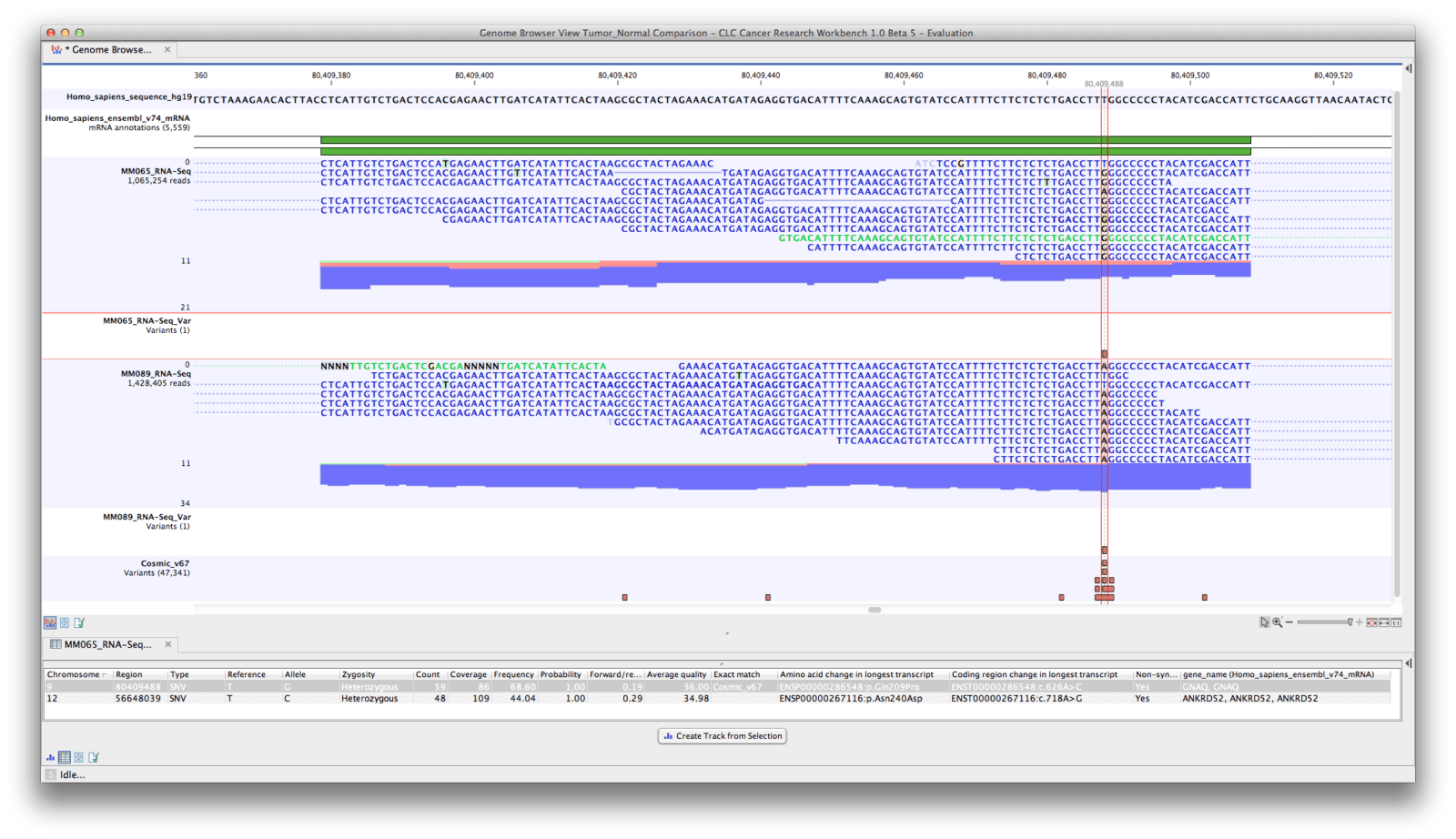
If CLC is not an option (It’s quite expensive) we recommend to take a look at khmer which also tries to enable assembly of large metagenome datasets. We use standard settings except a kmer of 63. We have sucessfully assembled metagenome datasets >300 Gbp in less than a day on server with 40 processers and 256 Gbp of RAM. We are currently using CLC’s de novo assembly implementation as it is able to handle a wide range of coverage abundances, is memory friendly and fast. The above two points mean that the type of renaming described here, for SAM/BAM mapping file import, is not necessary for other types of analysis.Remove Illumina nextera adapters if foundĭe novo assembly of metagenomes is a field in constant development and numerous strategies exists. chr1, 1 and chromsome 1) are considered synonyms. When importing annotations as tracks using the Import Tracks functionality, the names chrR, R and chromosome R (e.g.Rather, number of references in a track set and their lengths is used as the basis of determining if particular track sets are compatible.


The names of the references are not checked when determining if different track objects are compatible with one another - for example, if their contents can be compared or if they be added to the same track list.Thus, if you are working with a track-based read mapping, you can just use that alongside your original track-based reference genome sequence, for example, in a Track List.Įxtra notes on working with tracks within the Workbench: The genome sequence information in the original track set is the same as that in the stand-alone Sequence List you created. You do not need to convert your reference set back to track format if you started with a set of references in track format. More information about this is provided in the link below: (You can choose to create a track-based or stand-alone read mapping during this import). Import the SAM/BAM file using the reference set with the names that match those used in the SAM/BAM file.In the image below, we change the names from R to chrR (e.g. Use the Rename Sequences in Lists functionality ( ) from the Utility Tools folder in the Toolbox to change the names appropriately.If working with more than a few sequences:.Just right click on each sequence name in turn and choose the option Rename Sequence. If working with only a few sequences, you can change the names directly in the Sequence List.
#Clc genomics workbench mapping protocol how to#
Instructions on how to do this is provided in the link below:

The issue of reference names commonly arises when using data from resources where different naming schemes are applied. If the reference names in a SAM/BAM file do not match the reference names in the Workbench, then the easiest route is usually to change names of the reference sequences in the Workbench to match those in your SAM/BAM file. The reference sequences in the SAM/BAM file and in the Workbench must match in both name and lengths in order to be able to import mapped data. To import mapping data from a SAM or BAM file you need to already have the reference sequences in the Workbench. This FAQ covers guidelines on how to import SAM/BAM file whose reference names are different than those present in the Workbench How can I import mappings from a SAM/BAM file where the reference names are different to those in the Workbench?


 0 kommentar(er)
0 kommentar(er)
